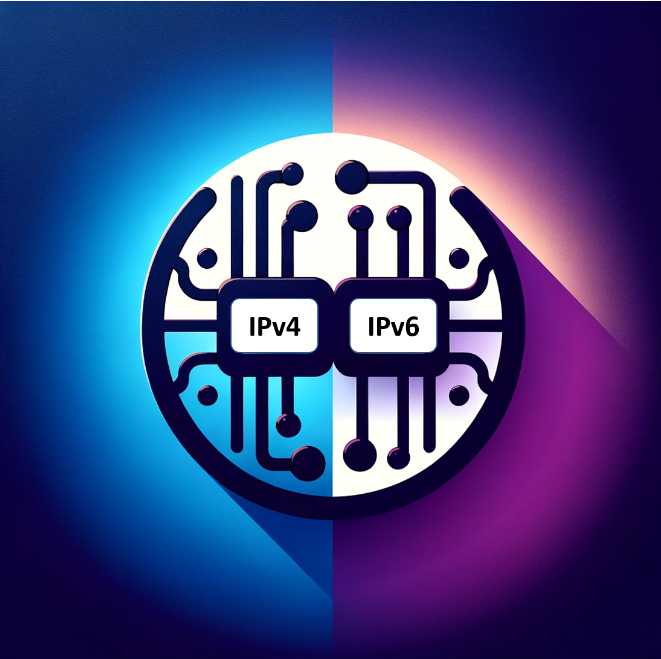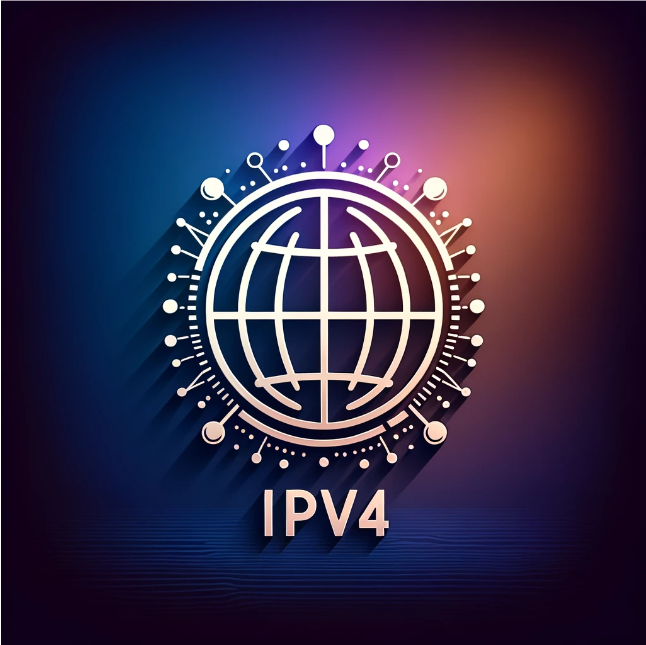In the vast and intricate world of computer networks, navigating through security, accessibility, and speed optimizations can be daunting. Among the myriad of tools and protocols designed to improve this journey, the SOCKS proxy stands out for its versatility and efficiency. This article delves into what a SOCKS proxy is, its benefits, and the practical scenarios in which its use becomes not just beneficial but essential.

Understanding the SOCKS Proxy
At its core, a SOCKS proxy is a network protocol that facilitates the communication between a client and a server on a different network. SOCKS, which stands for Socket Secure, acts as a middleman that routes traffic between the client and the server, ensuring that the client can safely and efficiently access resources, even those behind a firewall.
The magic of SOCKS lies in its ability to handle any type of traffic generated by any protocol or program, making it a versatile choice for many network-related tasks. It’s a layer 5 (session layer) protocol in the OSI model, which means it can manage a wide array of requests without delving into the specifics of the underlying network layers.
SOCKS4 vs. SOCKS5: The Evolution
The SOCKS protocol has evolved over time, with SOCKS5 being the most recent version. Here’s a quick comparison:
| Feature | SOCKS4 | SOCKS5 |
| Authentication | No authentication support | Supports various authentication methods |
| Protocols | TCP connections only | Supports both TCP and UDP |
| IPv6 | Does not support | Supports IPv6 |
| Security | Less secure | Uses SSH tunneling for enhanced security |
SOCKS5, with its support for authentication, UDP proxies, and IPv6, provides a more secure and versatile solution compared to its predecessor, SOCKS4.
Why Adopt SOCKS5?
There are several compelling reasons to use a SOCKS5 proxy, especially in scenarios requiring secure, versatile, and efficient network communication. Below are four key benefits:
- Access Back-End Services Behind a Firewall: SOCKS5 facilitates secure and private access to back-end services within a cloud-hosted cluster, bypassing firewall restrictions without exposing services to public networks or relying on IP whitelisting.
- No Special Setup Required: As long as SSH access is available, setting up a SOCKS5 proxy is straightforward, eliminating the need for a VPN for accessing back-end resources behind a firewall.
- Avoid Using Public or Free Proxy Servers: By routing all TCP and UDP traffic through an SSH tunnel, SOCKS5 eliminates the need for different proxies for each service, ensuring secure and private connections.
- Fewer Errors, Better Performance: Unlike other proxies that might rewrite data packets, leading to potential errors, SOCKS5 simply relays traffic, resulting in improved performance and fewer connection issues.
Practical Use Cases of SOCKS5
SOCKS5 proxies are incredibly useful in various scenarios, from secure browsing and accessing restricted content to managing networks and servers in a professional environment. Here are some instances where SOCKS5 shines:
- Secure Remote Access: Accessing a Hadoop cluster’s administration or monitoring tools securely without exposing them to the internet.
- Bypassing Firewalls and Geo-Restrictions: Securely accessing geo-restricted content or services without revealing your actual IP address.
- Improving Performance for P2P Sharing: Enhancing speed and reliability for peer-to-peer file-sharing applications.
Setting Up a SOCKS5 Proxy
Setting up a SOCKS5 proxy involves configuring your SSH client to create a local SOCKS server that routes your requests through an SSH tunnel to the target network or service. This setup not only secures your traffic but also allows for flexible access to network resources. Here’s a basic command to start a SOCKS5 proxy via SSH:
ssh -D 30001 -C -f -N -i /path/to/private_key user@remote_host
This command instructs the SSH client to bind a local SOCKS5 server to port 30001 and route traffic through the remote host specified.
In Summary
The SOCKS proxy, particularly its latest iteration, SOCKS5, is a powerful tool in the network administrator’s arsenal, offering unparalleled flexibility and security. Whether you’re looking to securely access back-end services, improve your online privacy, or optimize your network’s performance, SOCKS5 provides a reliable and efficient solution.
Understanding when and how to use a SOCKS5 proxy can significantly enhance your network management strategies, ensuring secure, efficient, and flexible communication across various network services and applications. With the right setup and configuration, SOCKS5 can be a game-changer for accessing resources safely and efficiently, regardless of location or network restrictions.












